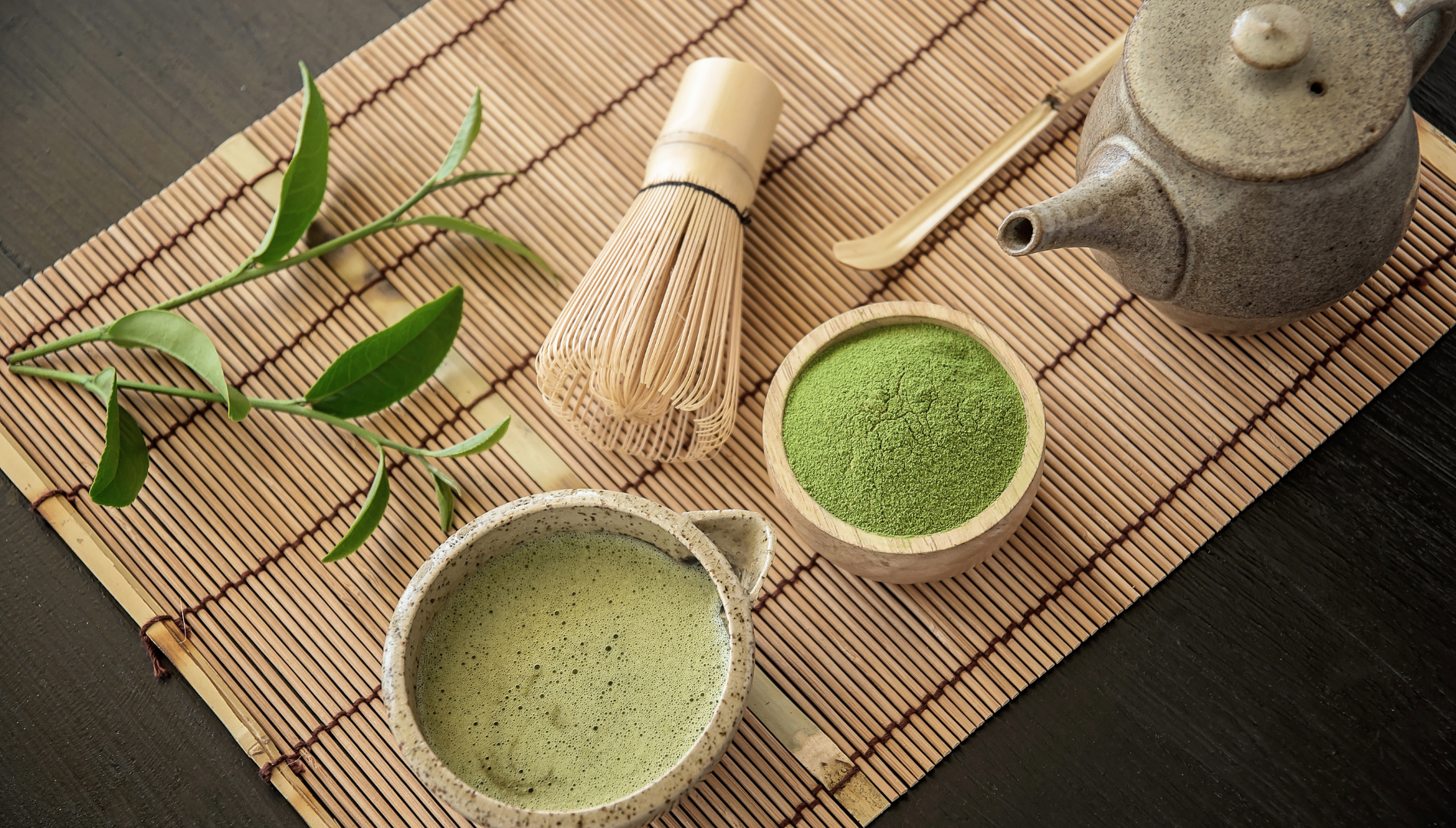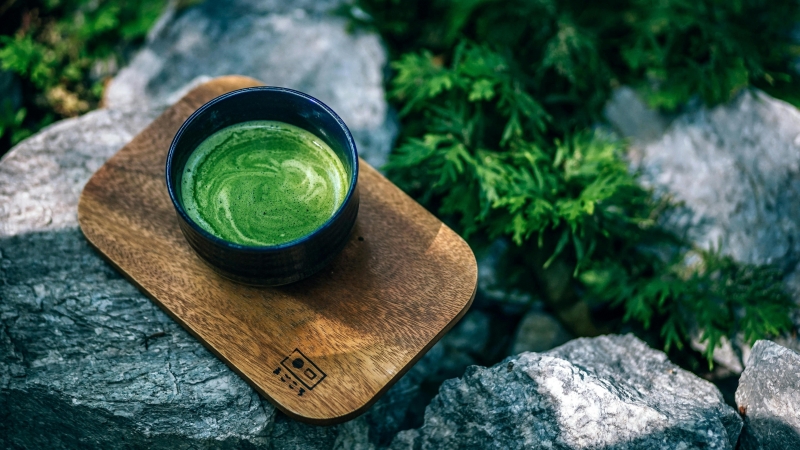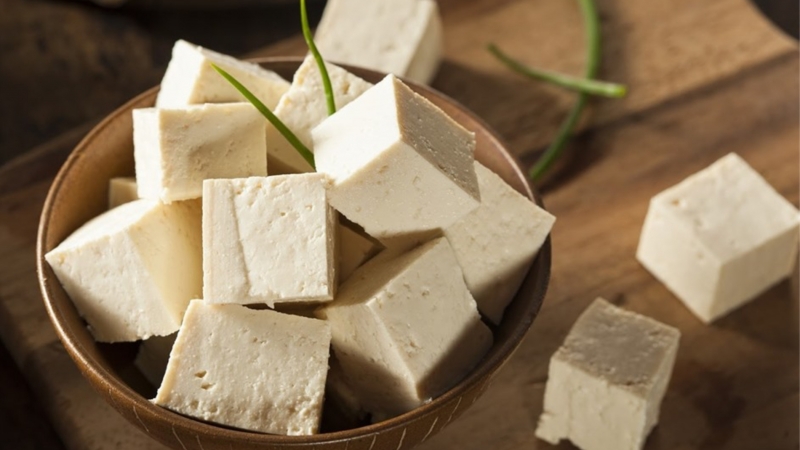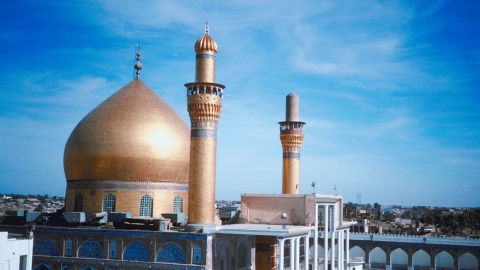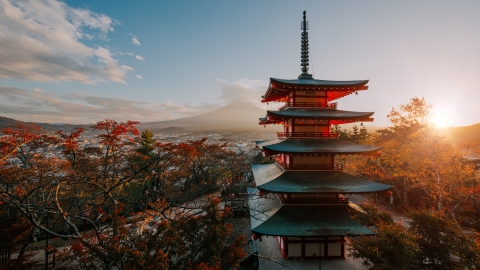Matcha is a wonderful ingredient for health and beauty.
Matcha, the essence of Japanese Tencha tea leaves, is not only a beverage but also a symbol of sophisticated tea culture. The light bitter taste, sweet aftertaste and countless health benefits have quickly made matcha a phenomenon among Vietnamese youth. In just a few short years, matcha has risen to the top, surpassing milk tea to become the "king" of coffee shops.
The tea leaves are covered to allow only partial sunlight to reach them, which increases their nutritional content, including amino acids, antioxidants, and chlorophyll. The leaves are then harvested, steamed, dried, and ground into a fine powder.

Matcha contains key nutrients like vitamins A, C and K, fiber, protein and the amino acid l-theanine, which has been shown to improve sleep and reduce stress.
Matcha is rich in antioxidants (137 times more than regular green tea), which is great for boosting the immune system. High in chlorophyll, and with anti-inflammatory properties, matcha is considered a great ingredient in beauty and health care.
Matcha tea is considered a beauty elixir due to its powerful antioxidant properties. When used regularly as a drink and face mask, it has the ability to brighten and rejuvenate the skin. Rich in L-theanine, vitamin C, zinc and other anti-inflammatory ingredients, matcha is great for soothing irritated skin.
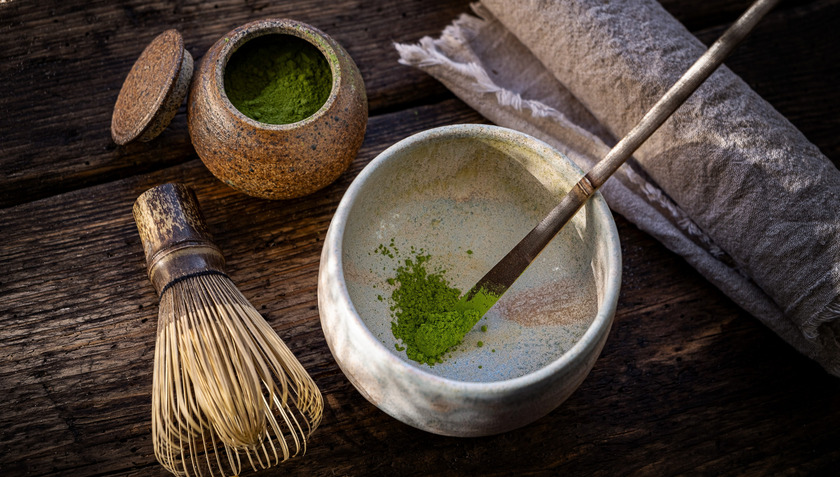
According to Healthline, matcha is rich in catechins, a plant compound in tea that acts as a natural antioxidant.
As a result, many beauty products contain this ingredient. For example, matcha shampoo helps soothe irritated scalps, strengthens and protects hair, and controls dandruff, matcha toners or facial creams help maintain the skin barrier, and matcha cleansers gently cleanse oily or sensitive skin, while balancing and reducing acne and puffiness.
Benefits and warnings from the "super-sized" beverage trend
The matcha fever has not cooled down as beverage shops are competing to launch "giant" matcha latte cups. The large capacity not only brings a feeling of "full eyes, satisfied mouth", these cups also become the perfect "virtual life" props, helping young people create "cool" photos on social networks.
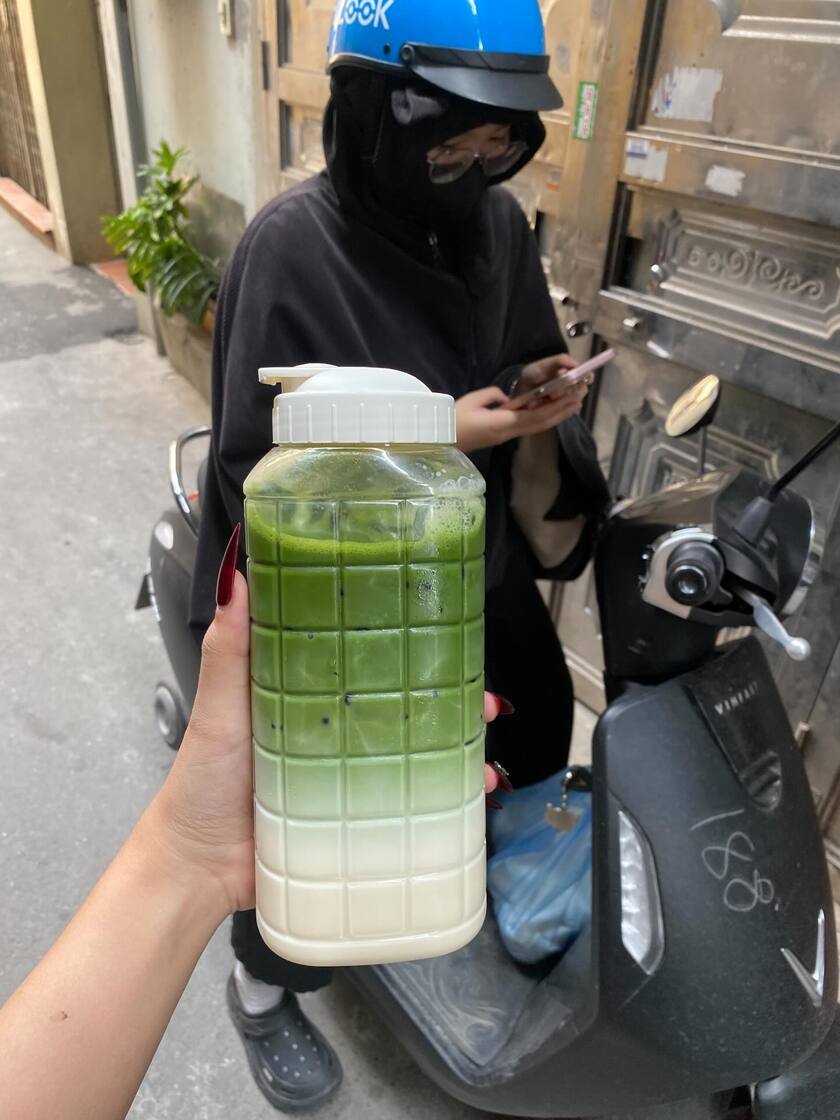
Besides new and creative ways of drinking, browsing social networks recently, it is not difficult to see images of young people showing off giant matcha latte pots with a capacity of
The scene of young people excitedly showing off their "giant" matcha latte cups with a capacity of up to 1.3 liters has become all too familiar on social networks. This trend has not only spread at a dizzying speed but also created a real fever, forcing coffee and milk tea shops to compete to be creative to meet the needs of young people.
While shops are constantly promoting and releasing giant matcha lattes to please young people, on the Threads platform, many users have spoken out against it, leading to a wave of fierce controversy.
Although matcha is praised for its numerous health benefits, the rush to drink “super-sized” matcha lattes does pose some risks. The high caffeine content in matcha, when consumed in excess, can cause health problems such as insomnia, rapid heartbeat, anxiety, and even digestive disorders. In addition, consuming too much of the drink at once is also not good for the digestive system.
A “giant” 1-liter matcha latte contains many times more matcha than the daily recommended amount. Consuming too much caffeine from matcha can not only cause sleep and cardiovascular problems, but can also lead to nervous stimulation, anxiety and stress. In addition, the tannins in matcha also hinder the absorption of iron, causing anemia and affecting overall health.

Too much matcha is not good for your health.
In addition, the problem of preserving pre-mixed drinks is also a concern. Matcha, when left for a long time at an inappropriate temperature, can easily deteriorate, lose its characteristic flavor and potentially be contaminated with bacteria. This is especially dangerous when users drink it gradually over many hours or days without paying attention to storage conditions.
While young Vietnamese people are "crazy" about "super-sized" matcha lattes, in Japan - the homeland of matcha, people still maintain the tradition of enjoying this tea in a subtle and slow way. Brewing hot matcha, enjoying each sip and not adding any additives is the way to fully enjoy the flavor and spirit of the tea ceremony. The contrast between these two ways of enjoying raises the question of whether the modern variation of matcha is really appropriate.
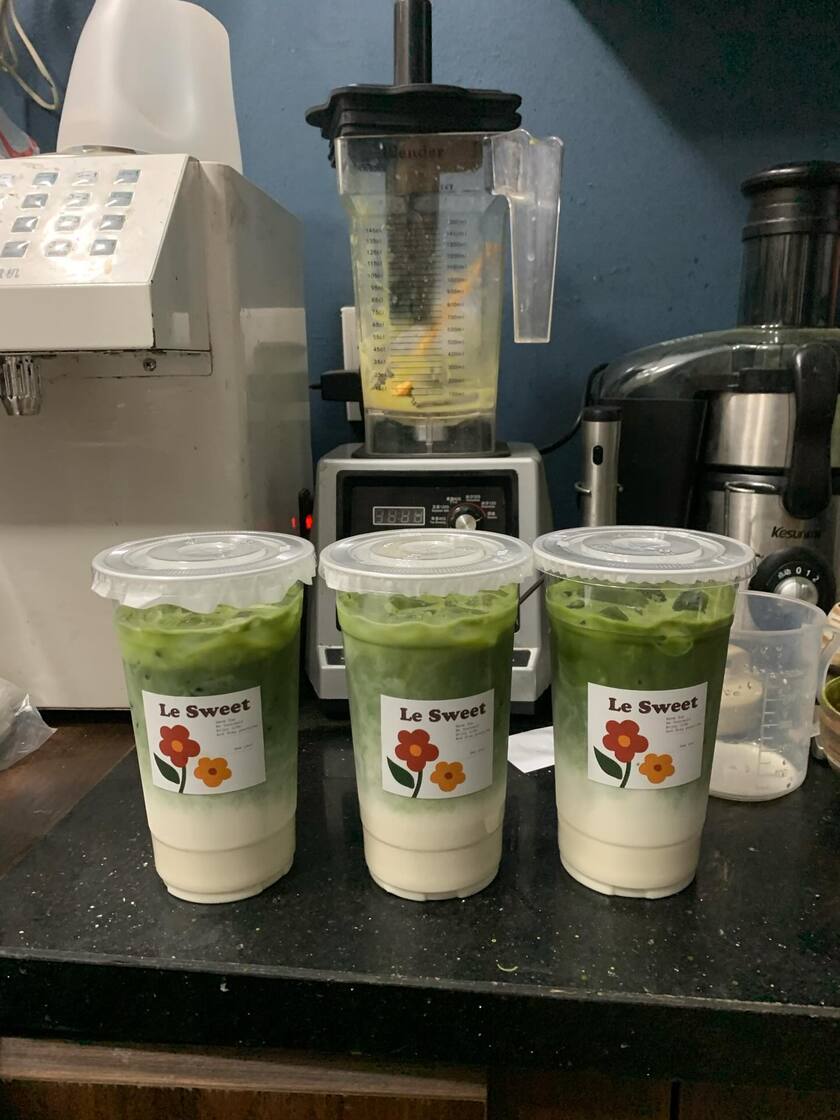
This trend not only attracts a large number of people to flock to the season but also becomes a "fever" with a series of coffee shops.
In addition, matcha production in Japan is currently stable, but the surge in demand due to the social media craze has put pressure on this item, according to The Guardian. In addition, tourists who come to Japan to buy matcha also report that some shops they visit have announced that they have sold so much matcha in the summer months that they have run out of raw materials. This means that customers will have difficulty buying matcha until the next harvest. This situation is happening in Kyoto, Tokyo and many other places in Japan.
Matcha, with its refreshing taste and high antioxidant content, has become a favorite drink of many people. However, to fully enjoy the benefits of this green tea, we need to use it properly. Consuming too much matcha can lead to unwanted side effects such as insomnia and rapid heartbeat. Therefore, finding the right dosage and combining matcha with a balanced diet is extremely important.





